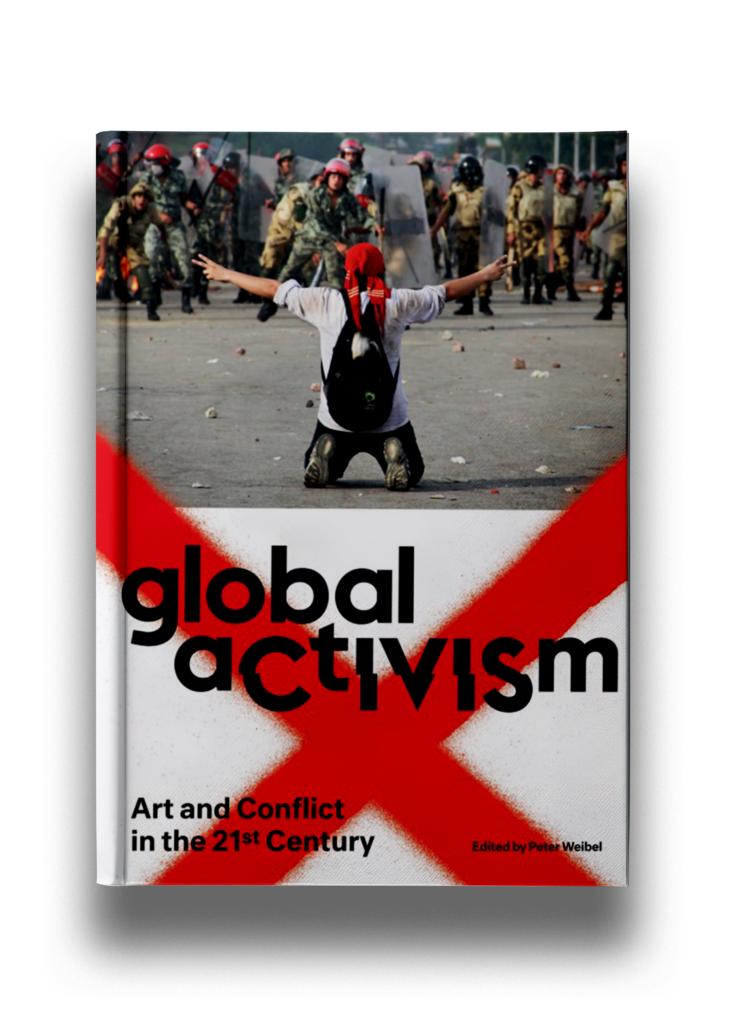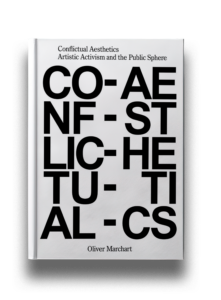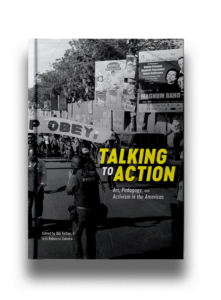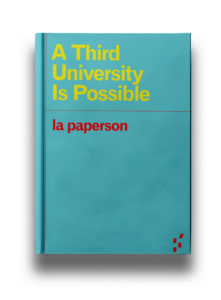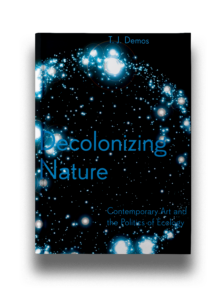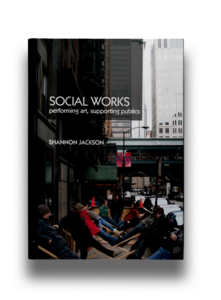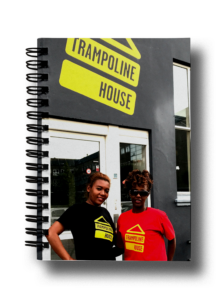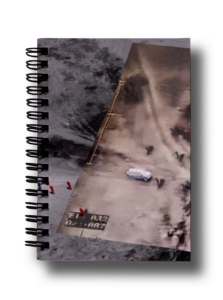Year
2015
Publisher
The MIT Press
Author
Peter Weibel
Annotation
This publication was produced in conjunction with the Global aCtIVISm exhibition at the ZKM that took place from December 2013 to March 2014. The title Global aCtIVISm takes the capitalised letters to form the Latin word civis to emphasise the power of citizens. Both the exhibition and the accompanying publication documented politically inspired art — global art practices that draw attention to grievances and demand the transformation of existing conditions through serial actions, demonstrations and performances across a diverse range of public spaces. The publication is divided into five main themes: Activism and the Citizen, Public and Private Sphere, How to Do Activism, Tactical, Social and Global Media and ‘Artivism’ – Art and Activism.
LU Pei-Yi
...we are now seeing a new kind of social action emerging, a 'performative democracy' centered around the global citizen. The global citizen recognizes the existential threats to, and interests of, all of humanity that are not contained by national borders. This new type of citizen addresses both local problems as well as global ones. Global activism is then constituted on the basis of a 'global citizenship'...
